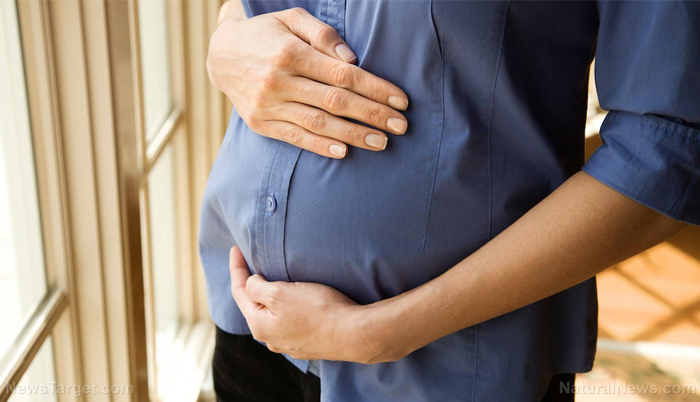![]() Home > Health
Home > Health
Scientists Find 55 New Environmental Chemicals In Pregnant Women, Newborns

News Target | Natural News
![]() March 31st, 2021 | 15:44 PM |
March 31st, 2021 | 15:44 PM | ![]() 227 views
227 views
NATURALNEWS
Scientists at the University of California, San Francisco (UCSF) detected 109 chemicals in pregnant women and their newborn children, including 55 that have never before been found inside human bodies and 42 whose sources and uses remain unclear. Of the 55 chemicals, 37 are ones that researchers have little to no information on.
Published recently in the journal Environmental Science and Technology, the findings are further evidence that humans are exposed to a wide range of chemicals.
However, the methods available for measuring the levels of chemicals in human bodies are limited, said study co-author Tracey Woodruff, a professor of reproductive sciences at the university.
Woodruff, a former senior scientist at the Environmental Protection Agency (EPA), noted that the agency needs to do more to require chemical companies to disclose the chemicals they make and how those are used. Moreover, the agency should remove chemicals from the market that are known to pose a risk, said Woodruff.
Environmental chemicals detected inside human bodies
For their study, the researchers recruited 30 expectant women seeking prenatal and delivery care at the UCSF Mission Bay Medical Center and the Zuckerberg San Francisco General Hospital and Trauma Center.
They collected blood samples from the mothers during labor and delivery, as well as from the newborn babies’ umbilical cord just shortly after birth. The umbilical cord is where nutrients pass from the mother to the fetus. Previous studies have shown that chemicals detected in the umbilical cord also show up in fetal tissues.
The researchers then analyzed the blood samples using a technique called high-resolution mass spectrometry. This technique involves determining the different masses of chemicals to identify them.
The team identified a total of 109 chemicals in both the maternal and the umbilical cord blood samples, including 55 that have never been detected in people before. Of these newly detected chemicals, two were per- and polyfluoroalkyl substances (PFAS). PFAS are man-made chemicals commonly used to make products and coatings that can resist heat, oil stains, grease and water.
However, PFAS have been linked to serious health problems, including developmental and reproductive ones. The researchers also detected phthalates in the samples. Phthalates are a group of chemicals used in a wide range of products, from personal care products like shampoos to household products like detergents. In studies on phthalate exposure in humans, the chemicals have been linked to reproductive problems.
The fact that PFAS and phthalates were present in both the mothers and the babies is important. According to Woodruff, this shows that exposure occurs in the womb. Pregnancy is a vulnerable period of development for the fetus. So the presence of such harmful chemicals is very concerning.
But worst of all, there are few to no studies on 37 of the newly detected chemicals. As such, it is unclear if they pose a risk to maternal and fetal health. This should signal not a sense of uncertainty but one of alarm, said study co-author Dimitri Abrahamsson of the Program on Reproductive Health and the Environment at UCSF.
“We’re being exposed to chemicals that we have very little information about,” he said. These chemicals might have potentially harmful effects on humans that scientists don’t know and can’t predict.
Woodruff and her colleagues plan to assess the toxicities of the newly detected chemicals to better understand how they may affect various tissues inside the human body.
But until then, they encourage consumers to use less plastic products, avoid canned foods and clean with non-toxic household cleaners to avoid exposure to environmental chemicals as much as possible.
Source:
courtesy of NATURALNEWS
by Divina Ramirez
If you have any stories or news that you would like to share with the global online community, please feel free to share it with us by contacting us directly at [email protected]